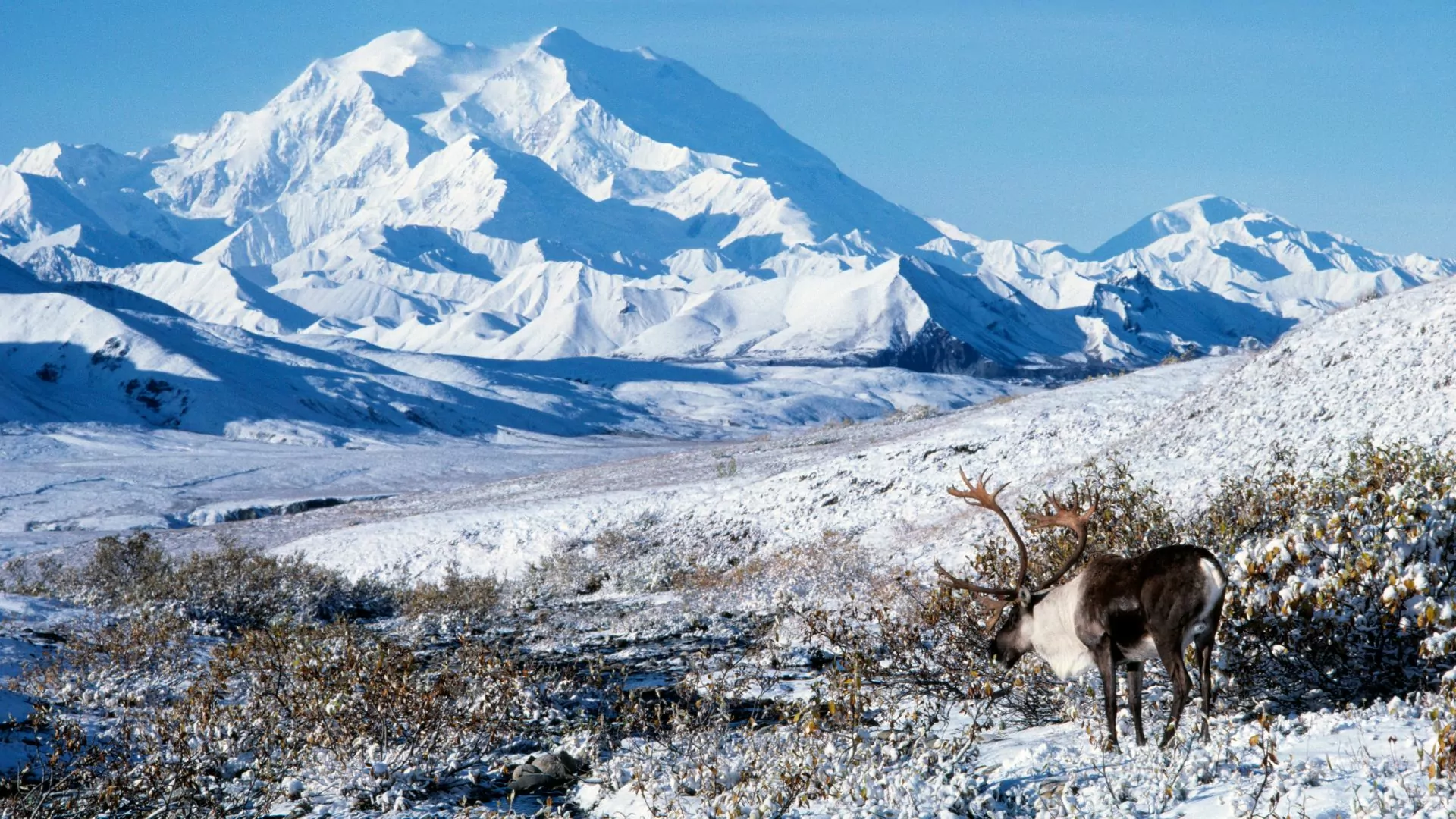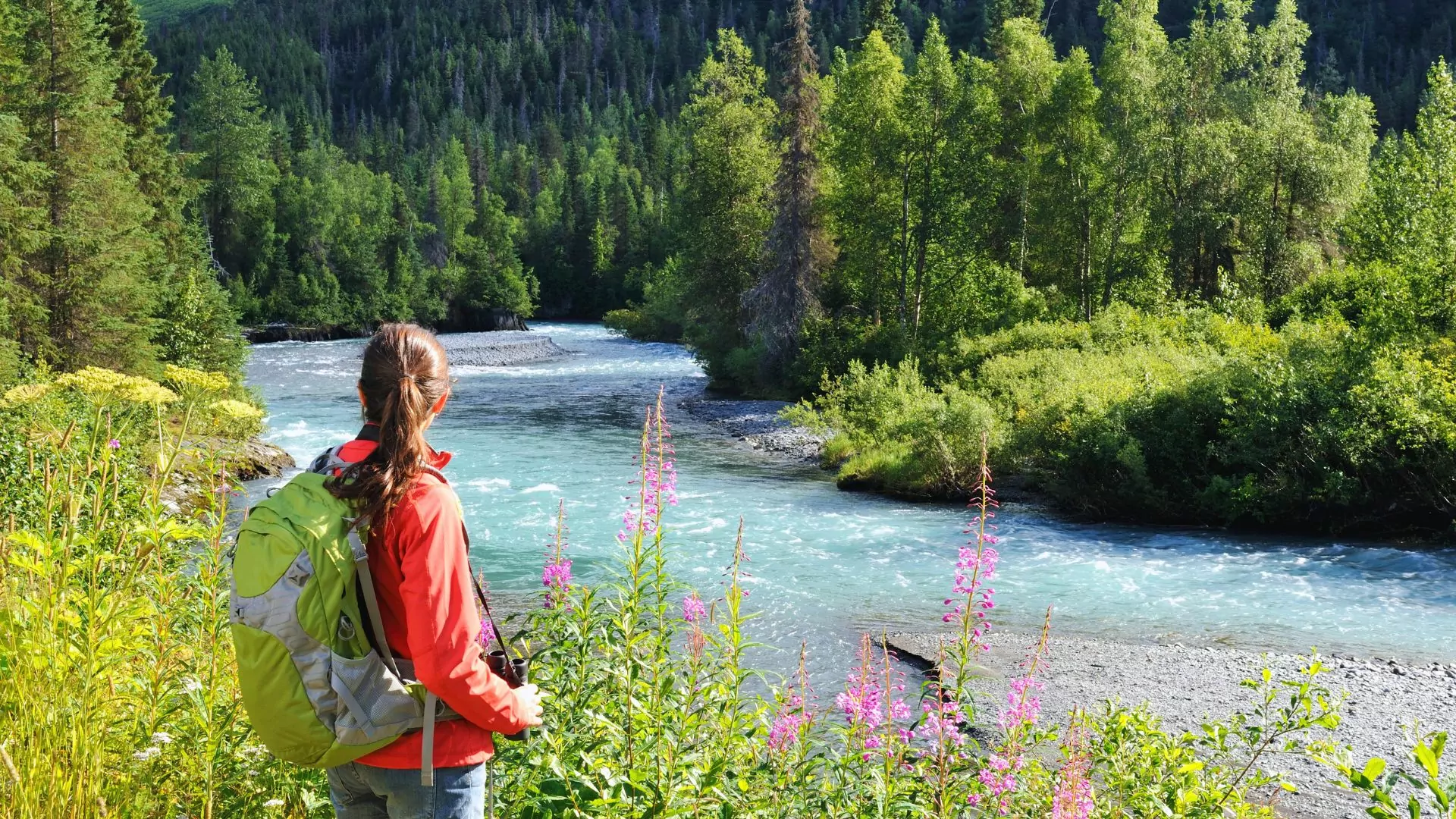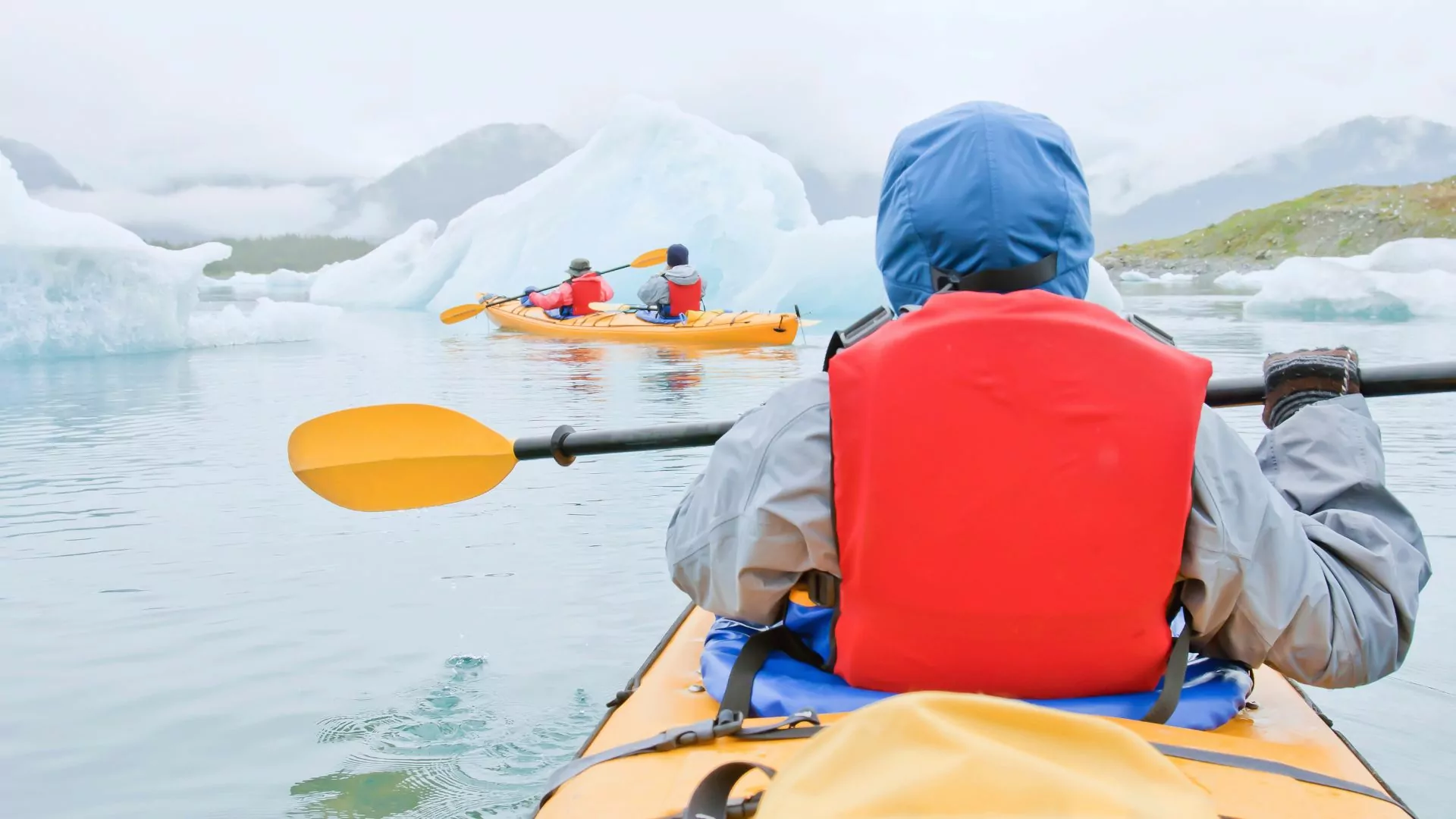Best Time to Visit Alaska

So you’re curious about The Last Frontier and wondering what month is the best time to visit Alaska. You find yourself daydreaming about what lies beyond the northern borders of the “Lower 48” (that’s Alaskan for the rest of America, minus Hawaii). Well, you’re not alone. I get very excited when it comes to the prospect of visiting Alaska. Grizzlies. Northern Lights. Glaciers. Orcas. Denali. I mean, these are just tip of the iceberg Alaska topics! This northernmost territory of the U.S. is a lush oasis for wildlife and adventure alike.
Before you get too excited, remember that navigating the 49th State poses many challenges. Not only does Alaska span larger than Texas, Montana, and California combined, but only 33% of that landmass is actually developed by cities or towns. This means the elusive Land of the Midnight Sun is incredibly remote, and therefore, you need to pick your battles and set realistic expectations when it comes to what you can achieve on your vacation.
Alaska has 8 official National Parks whose terrain ranges from the tallest mountain in North America, Mount Denali (20,310’) to vast scapes of sand dunes (that’s right, Northern Alaska has an entire park of sand!) Though California claims 9 National Parks, Alaska’s National Parks measure at a combined 56 million acres – that’s over 60% of the U.S National Park lands! Here is a list of the parks. How many have you heard of before?
- Denali National Park & Preserve
- Gates of the Arctic National Park & Preserve
- Glacier Bay National Park & Preserve
- Katmai National Park & Preserve
- Kenai Fjords National Park
- Kobuk Valley National Park
- Lake Clark National Park & Preserve
- Wrangell-St. Elias National Park & Preserve
Fortunately, if you have the time and funds, five of these parks can be accessed from Anchorage. However, I do stress funds because parks like Lake Clark and Katmai are only accessible by bush plane, and that can get pricey! Okay, now that you have a lay of the land and perhaps a better understanding that Alaska is not a one-stop-shop, let’s get into what is achievable and when you should plan your visit to The Last Frontier.
Winter in Alaska
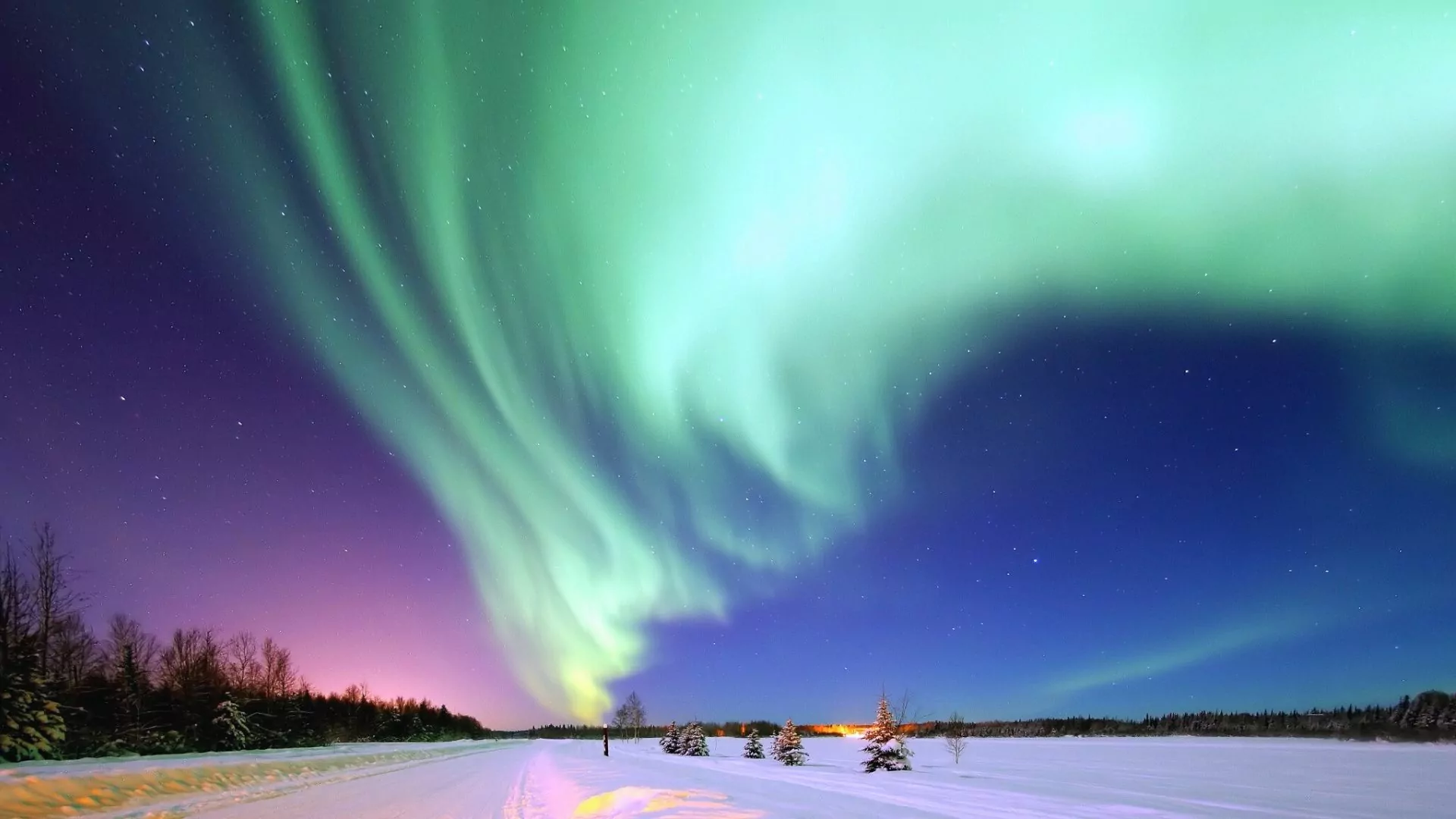
Many people believe the summer is the best time to visit Alaska but that all depends on what you want to do there. If you enjoy snow sports and feeling cozy, there are incredible benefits to visiting Alaska in the winter. At the end of the day it’s important to prioritize what you are seeking to gain from your travel experience. I always recommend sitting down with a pen and paper and writing down your expectations before making any final decisions about a trip.
Speaking from personal experience, Alaska in the winter is a magical time. If you are looking to dogsled, ski, snowmobile or see the aurora borealis then this might be the best time to visit Alaska for you. The days are short and the sunsets are beautiful. Ever wondered what an entirely frozen ocean looks like? This may be your chance.
Before disclosing all the benefits to this time of year, I will say the temperatures during my January trip to Alaska averaged around -1 degree fahrenheit. It was colder than I had ever experienced for days on end. Just layer up! It was quiet and inspiring.
Reasons to Visit Alaska in Winter
Northern Lights (Aurora Borealis)
The Aurora Borealis is a mesmerizing natural light display, and Alaska is one of the prime locations to see this phenomenon. Winter provides the best opportunity to witness the Northern Lights due to the long, dark nights and clear skies. If you are seeking a Northern Lights show you should, as the name suggests, head north to increase your chances. Fairbanks, Alaska popular aural viewing.
Alaska Northern Lights Tour
Winter Activities:
- Dog Sledding, a traditional and exciting Alaskan adventure.
- Skiing and Snowboarding, world-class ski resorts and pristine backcountry opportunities.
- Snowmobiling, access vast wilderness areas and cover long distances.
- Ice Fishing, a lifestyle necessity for many traditional Alaskan villages.
- Snowshoeing, enjoy a peaceful winter environment.
Wildlife Viewing
Fewer tourists mean more opportunities for intimate and uninterrupted wildlife viewing. Winter offers a chance to see animals in their natural habitat, such as moose, caribou, and eagles.
Cultural Experiences
Learn about the indigenous cultures of Alaska through museum visits, cultural centers, and local interactions. Participate in local winter festivals and events, such as the Iditarod Trail Sled Dog Race and the Fur Rendezvous Festival.
Scenic Beauty
Winter offers a great opportunity for photographers. Capture stunning photographs of winter landscapes and wildlife. Alaska’s winter scenery is breathtaking, with snow-covered mountains, frozen lakes, and frost-covered trees creating a magical atmosphere.
Solitude and Serenity
Alaska’s busiest time is undoubtedly the summer months. Use this time to access areas that may be inaccessible during the summer, or to take advantage of a more remote getaway.
Unique Accommodations
Winter may offer less-expensive stays in unique lodgings like ice hotels or igloos. Enjoy the warmth and comfort of cozy lodges and cabins with stunning winter views.
Cost and Availability
Finally, benefit from lower prices for accommodations and flights during the winter off-season. Enjoy better availability and fewer crowds at popular attractions and sites.
Summer in Alaska
I want to preface this section by saying, Alaska is one of the most gorgeous, awe-inspiring summer trips I have ever done. My experiences sea kayaking with orcas and spotting grizzlies in Denali are incredibly memorable, and I have been eager to go back and have more in-depth encounters with the Alaskan wilderness. While the winter holds a special place in my heart, I personally believe Alaskan summers are where the meat of the adventure happens.
So if you want to get outside in milder temperatures and longer stretches of daylight, visiting in the summer might be the best time to visit Alaska for outdoor adventure.
Reasons to Visit Alaska in Summer
Mild and Pleasant Weather
Temperatures in the summer (end of June through early September) are just about perfect for outdoor activities, ranging from 50°F to 80°F. This is also the time of the “Midnight Sun,” where daylight lasts up to 20 hours or more and provides ample time for exploration.
Stunning Natural Beauty
Witness glaciers calving into the sea and explore majestic fjords by boat or kayak. Hike to alpine lakes and pick ripe Salmon berries right off the bush! Renowned National Parks such as Denali, Kenai Fjords, and Wrangell-St. Elias, are just a few hours drive away from Anchorage and offer breathtaking landscapes.
Wildlife Viewing
If you are looking for an arctic safari of sorts, Alaska is perfect for you. Likely animal sightings including bears, moose, caribou, bald eagles, and marine life such as whales, sea otters, and seals. If you time it right, you can even catch the annual salmon runs. Migratory birds also thrive here, making summer a prime time for bird watching enthusiasts.
Outdoor Activities
- Hiking and Trekking, from easy walks to challenging backcountry treks
- Fishing, world-class fishing opportunities for salmon, halibut, and trout
- Water Sports, kayaking, rafting, and paddle boarding in scenic rivers and coastal areas
Scenic Drives and Train Rides
The summer months are a great time to drive along famous scenic routes including the Alaska Highway, Seward Highway, and Denali Highway, offering opportunities for spectacular views and unique stops. Or opt to travel by train on the scenic Alaska Railroad, which provides stunning views of landscapes inaccessible by road.
Cruising and Boating
I didn’t expect to love my day-trip boat cruise in the Kenai Fjords National Park, but it proved very worthwhile! Not only did I witness major glacial calving, but I got to cruise along with a pod of over a dozen orcas!
Mountains, Rivers & coastlines tour
Join in the unique celebrations of the summer solstice, including midnight baseball games, marathons, and festivals.
Lush Vegetation and Blooming Flora
Rivers are flowing, berries are ripe, and vibrant greenery of Alaska’s boreal and temperate rainforests teem with life during the summer months. Witness landscapes come alive with blooming wildflowers, creating colorful blankets over this pristine land.
Accessibility
This is a big one. Roads and trails are more accessible in the summer, making it easier to reach remote and stunning locations. There are also more services such as dining, hospitality and guided outdoor adventures offered in the summer tourist season.
Visiting Alaska
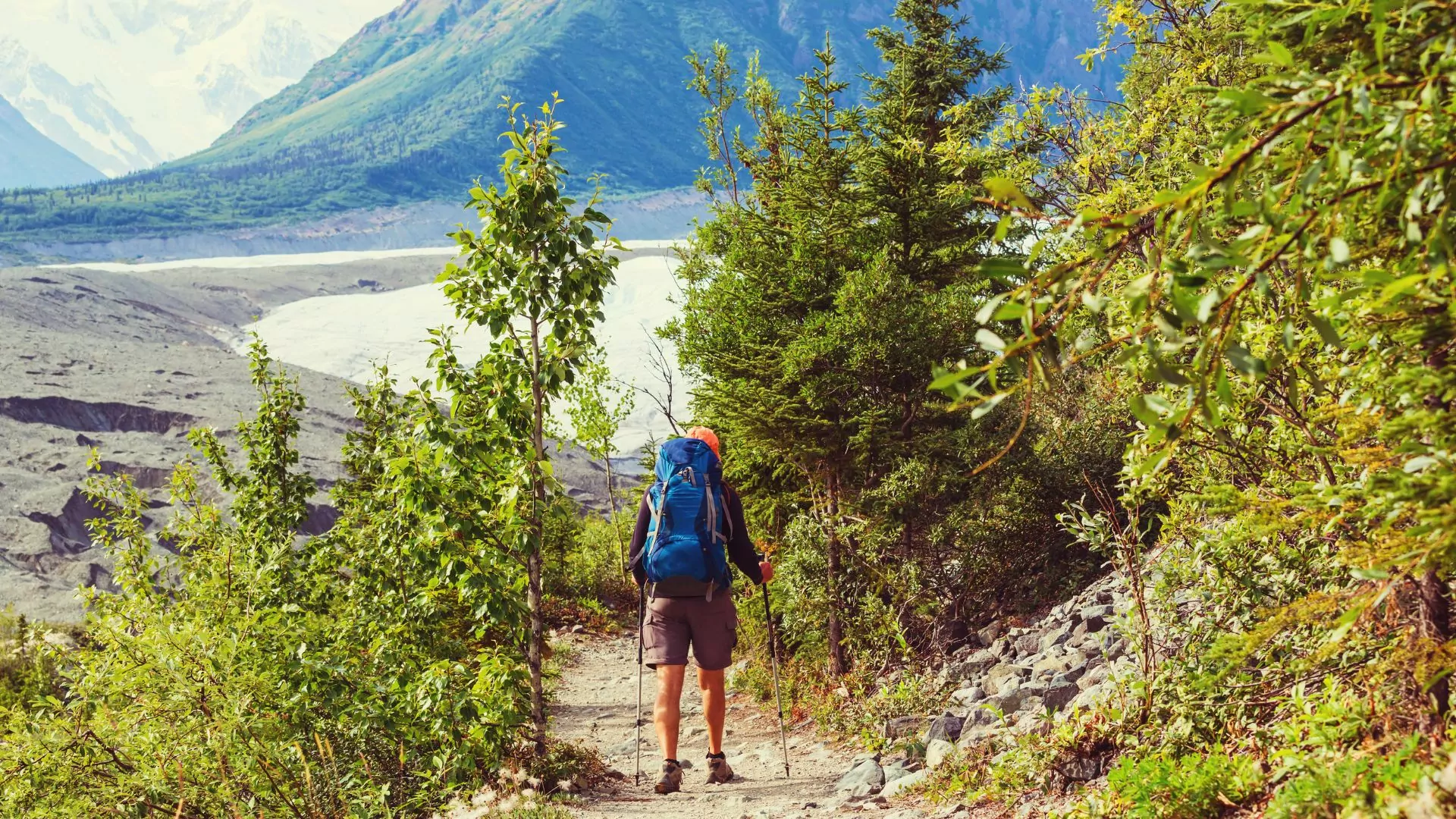 Alaska is a large and diverse state that attracts outdoor enthusiasts of all persuasions. Some come for the snow, some seek out the summer. So I’m sorry to say, there is no “best time to visit Alaska. It’s all magical. Each season offers a lifetime of adventure.
Alaska is a large and diverse state that attracts outdoor enthusiasts of all persuasions. Some come for the snow, some seek out the summer. So I’m sorry to say, there is no “best time to visit Alaska. It’s all magical. Each season offers a lifetime of adventure.
My recommendation? Go more than once. See the northern lights and then come back again to catch a grizzly and its cubs eating their weight in blueberries (a full grown grizzly in Denali eats 300,000 berries a day!). Experience it in the summer and winter and decide for yourself what the best time to visit Alaska is. It’s all a balancing act, and if you get the chance to visit, please be respectful of this beautiful, wild place. Follow Leave No Trace principles and be part of preserving Alaska for future generations to enjoy.



